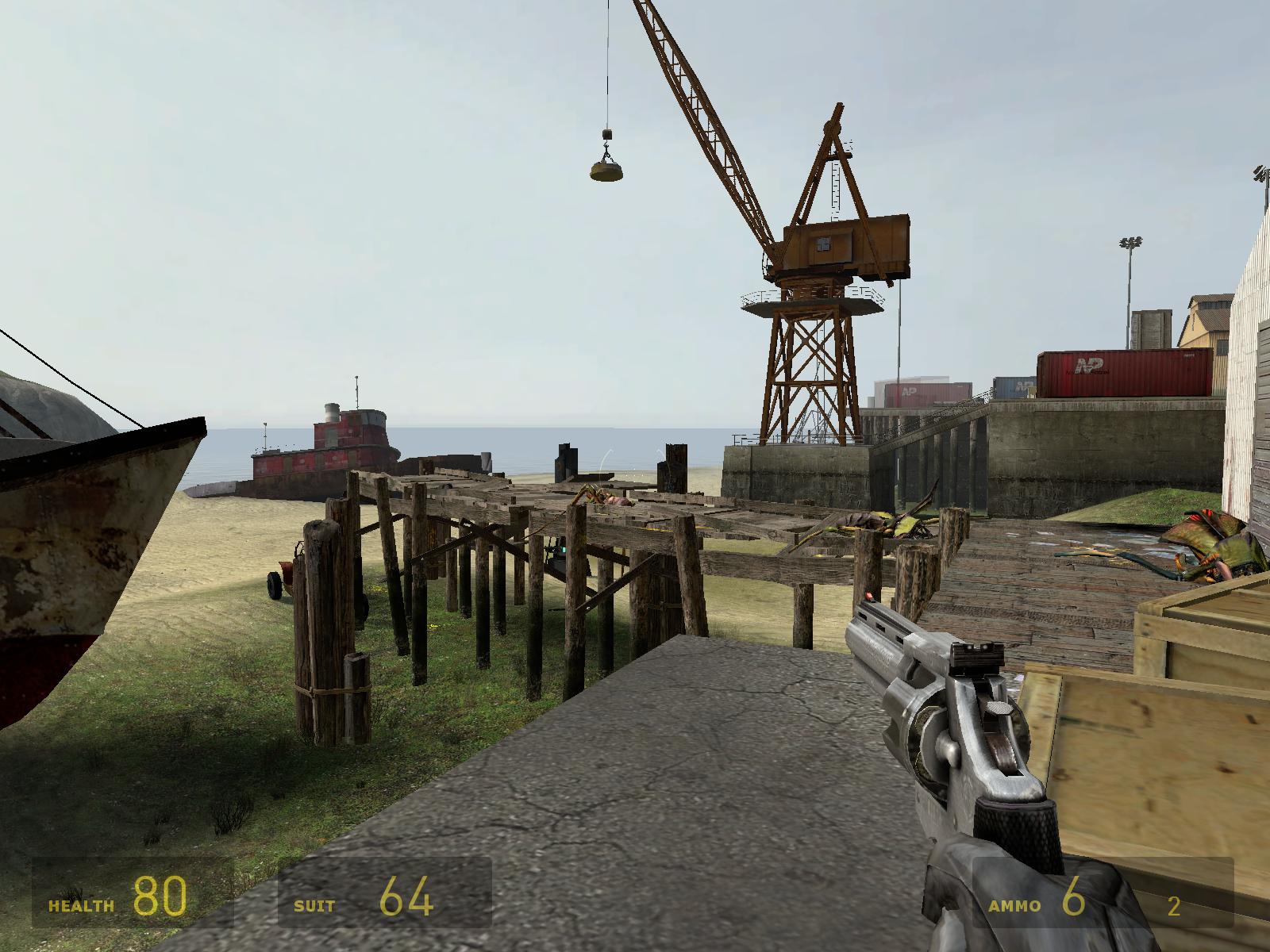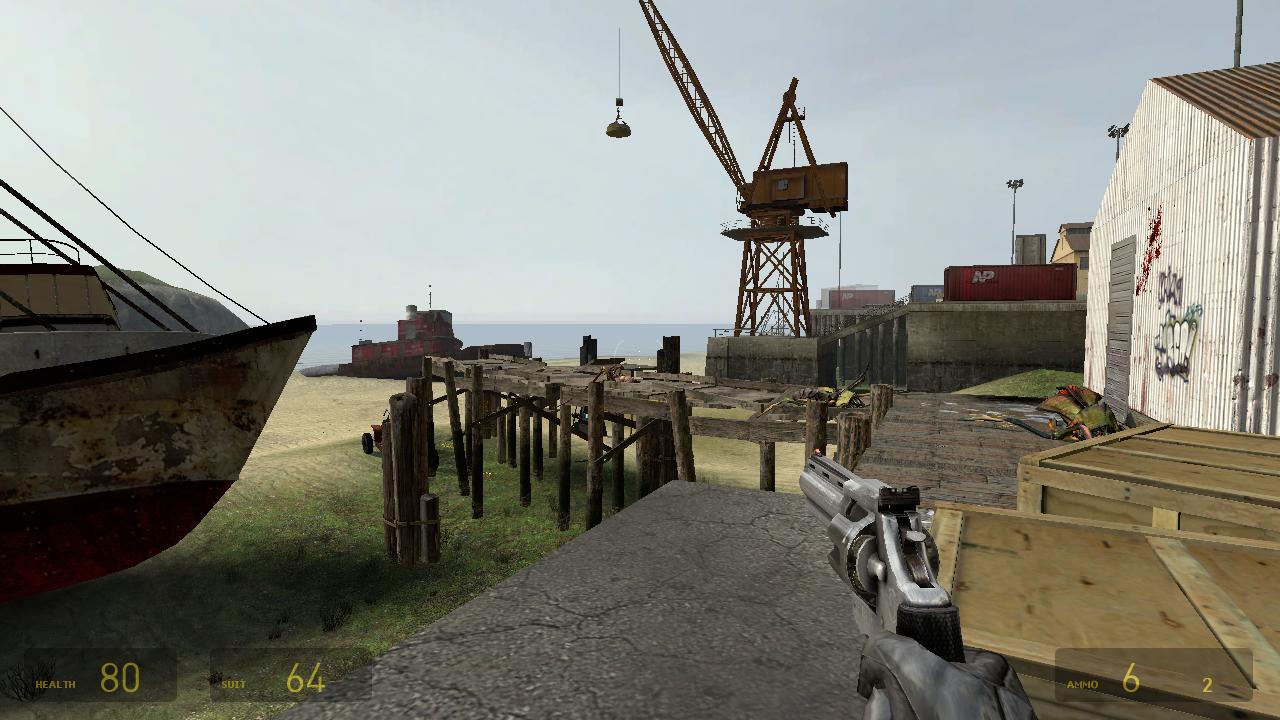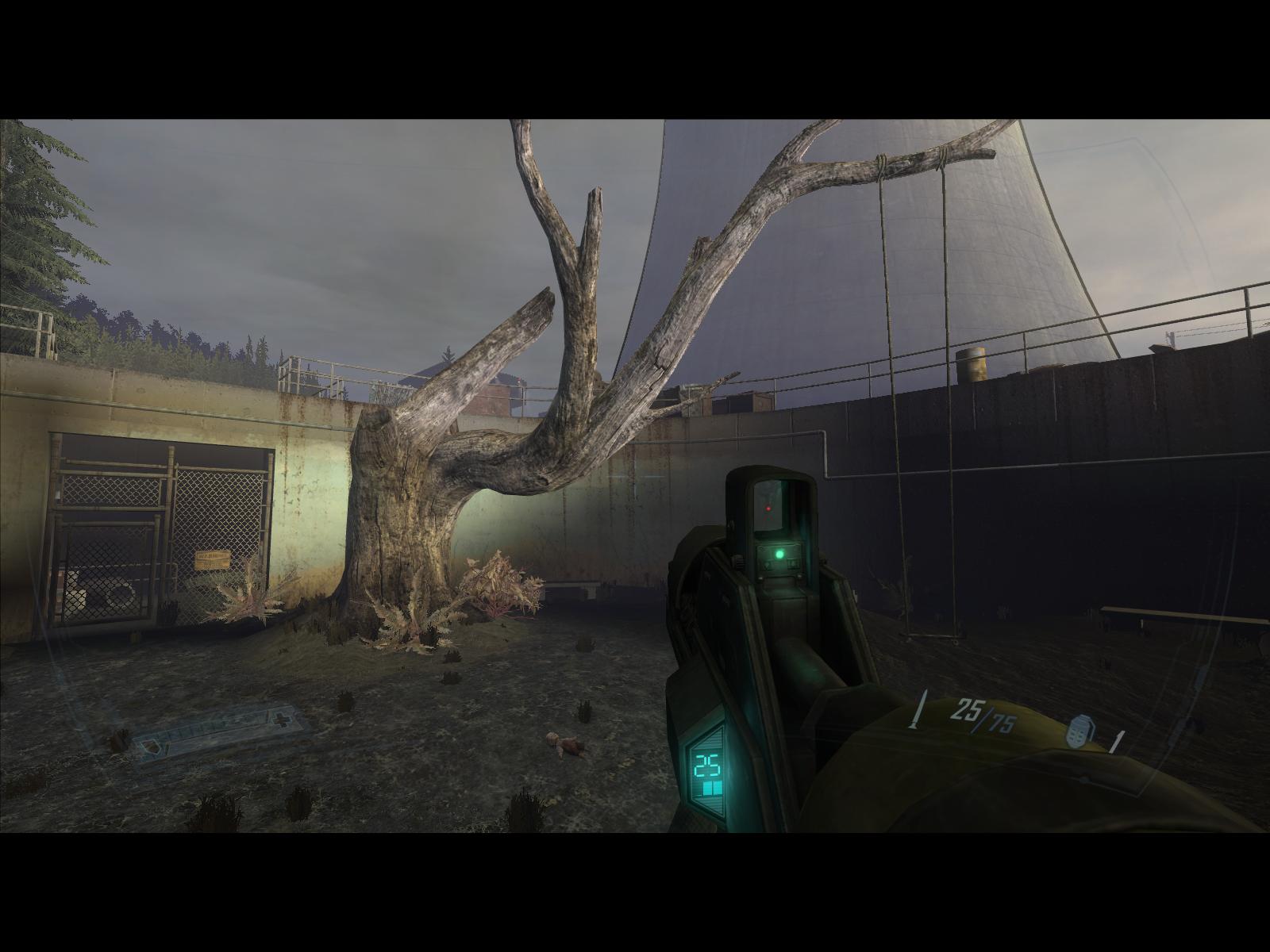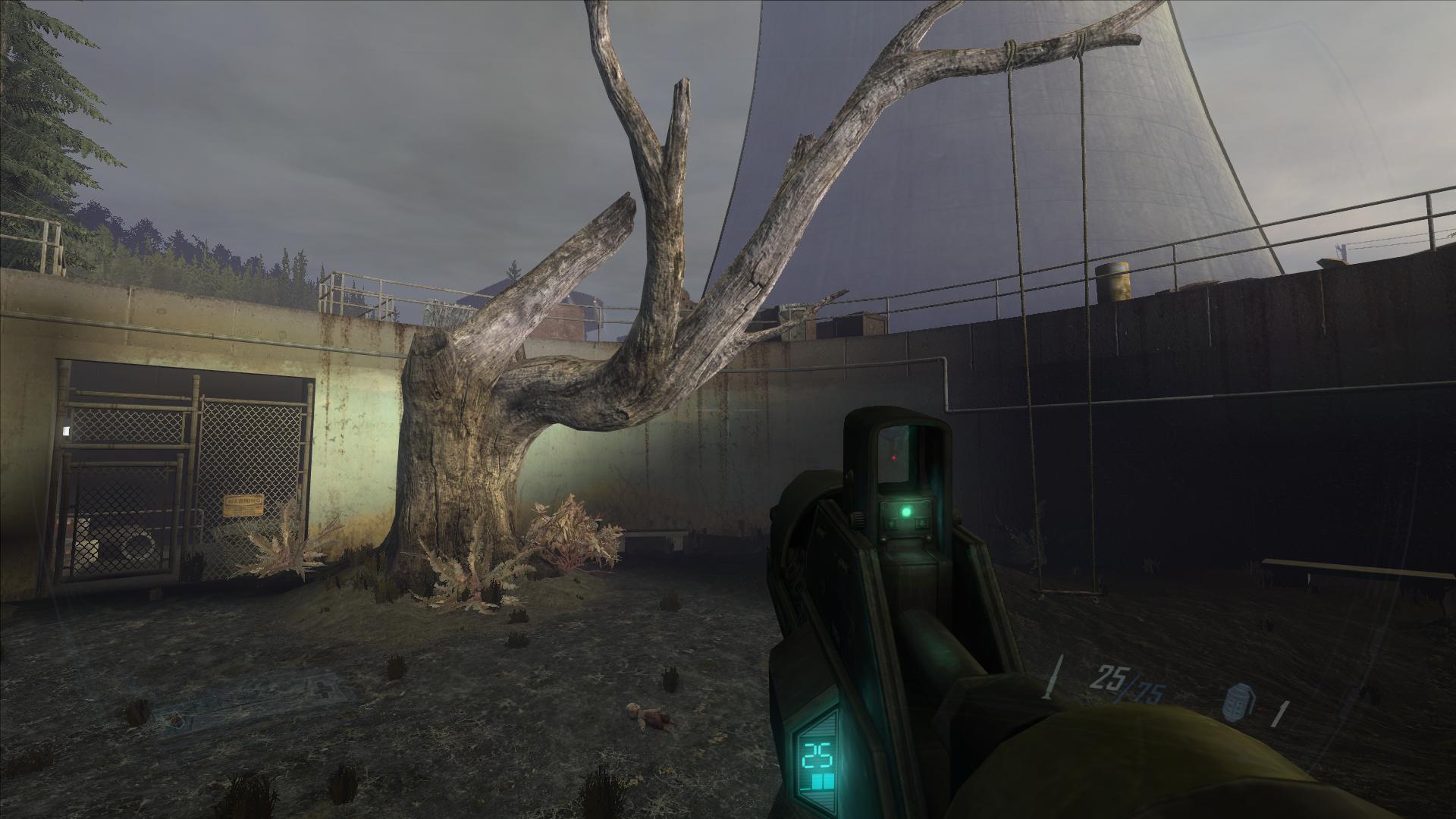WSGF Certification Requirements
Native Support
The game must be capable of satisfying every requirement below if the user enables the correct options, either in an ingame options menu, or in a setup program. We recommend that the game require nothing more on the part of the user than to select a widescreen resolution in order to satisfy all of the below requirements.
Proper Screen Change
The screen must adapt properly to a widescreen resolution. There are three methods of adapting that are considered proper for a widescreen game.
"Horizontal Plus"
The game, when played at a 16:10 resolution, and compared to an instance of the game run at a 4:3 resolution at default settings, will display more content on the left and right sides of the screen, while the span from the top to bottom remains the same. At a 16:9 resolution, even more content will be displayed on the left and right sides. Neither of these aspect ratios may result in any distortion or stretching of the visible game content.



(screenshots below are from gameplay of Half-Life 2, which served as the inspiration and template for the first revision of the certification system)
"Anamorphic"
The game is designed for a widescreen aspect ratio, and is letterboxed when played at a 4:3 resolution (or anything narrower than the baseline aspect ratio). For these games, the baseline aspect ratio is usually 16:9. When the screen resolution matches the baseline aspect ratio, there should be no letterboxing at all. When the screen resolution is *wider* than the baseline aspect ratio, such as with surround gaming, the game must assume hor + behavior. Very few anamorphic games are certified, because most of them, under this circumstance, assume pillarboxing instead. None of these aspect ratios may result in any distortion or stretching of the visible game content.
Using an anamorphic 16:9 game as an example, when the game is played at a 4:3 resolution, letterboxing will be quite noticable. At a 16:10 resolution, the letterboxing will be very slight, though the visible game content remains the same. At a 16:9 resolution, there is no letterboxing at all. At anything wider than 16:9, there will be added content on the sides. The screenshots below are from F.E.A.R. 2: Project Origin.




Pixel Based
This behavior can be found in several 2D games, but is rarely appropriate in 3D games. In a pixel based widescreen behavior, the game's vertical FOV is directly proportional to the screen's vertical resolution, and the game's horizontal FOV is directly proportional to the screen's horizontal resolution. This is the manner in which Windows behaves. Screenshots below are from gameplay of Command & Conquer: Red Alert 2.
Any alternate gameplay modes or alternate ingame camera angles must satisfy this requirement. In the case of gameplay elements where this is not possible, such as static screen minigames, an acceptable method is to have the screen pillarboxed, or if the background is tiled, to expand the background to fill the screen while the minigame elements remain centered in the screen.
